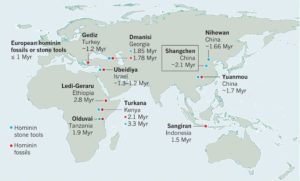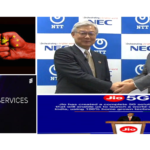Pros and Cons of the PAU Business model

How do most businesses operate?
There is a need in the market by customers for a particular product or service. In many cases the company creates that desire for that service or product thru Marketing .The customer buys the product /service, uses it.If the customer is happy /satisfied , they will buy the same product /service again when he feels a similar need.
e.g You are thirsty. So you go to a shop, buy a coke (or an orange juice in the diet conscious world ) .You are satisfied as your thirst is taken care of. The shop owner is happy because of the Sales.
And that’s a perfectly normal Business.
The “PAU” business model works a bit differently.
In this scenario, the company may make money even when you do not use the product or service you purchased .
e.g, Gift cards offered by most Retailers.
You give a gift card to a friend for his birthday. And when you gift, you assume your friend will buy something useful within the timeframe .Here is where you may be wrong.In any given year 10-19% of the gift cards are not redeemed in America . In APAC the figures may even be higher.
Another example is gyms. Most gyms have a monthly subscription model. I may pay 100$ for an access to access to the facility. Whether I use the gym facilities daily, weekly or not at all, I still pay to the gym owner my agreed monthly subscription fees of the $100 till the agreed contract period. And for gyms , by far the most profitable customers are people who sign up as members but don’t actually show up to the gym.
Same case with Travel packs sold my MRT/Transportation groups in many cities.
This is what I call the PAU model. – Paid- Accounted –Unused Business model .
At first glance this looks like a great business model if you can get a Business model where you make money from customers who don’t use the full value of the service but pay for the full value.
But is it so ?
The problem with this business model is that you’re receiving fees from customers without the customers receiving the appropriate value in return.
Or in effect you are assuming on the status quo of the customers. i.e once a customer has made a mental sign off at the time of purchase, he or she may not think about that purchase or changing that decision .
Many telcos in emerging countries had a similar situation till a few years back.You go to a top up store and buy a Top up for a certain value.Usually the top up is time bound and if the users do not use it in a given time frame, the credit value expires, and the user has to top up again.
But over the years the telco users started getting smarter and there was lesser of Top up credit left unused.
The PAU business model will exist. The gyms and the gift cards, the MRTs et al will still make money . There is a mad rush to subscriptions and aaS ( as a Service /as a Subscription ) business model . But as businesses evolve. And as consumer journeys evolve , it is important to ascertain the PAU component of your Revenues.
In the end, the customers at some point would figure out and feel a bit frustrated or their inertia may change ( aka Telecom industry ) .Even if they don’t, does it make better sense to focus on a business model where profits come from satisfied customers, instead of passive customers.
Photo by Jezael Melgoza on Unsplash
Reference





